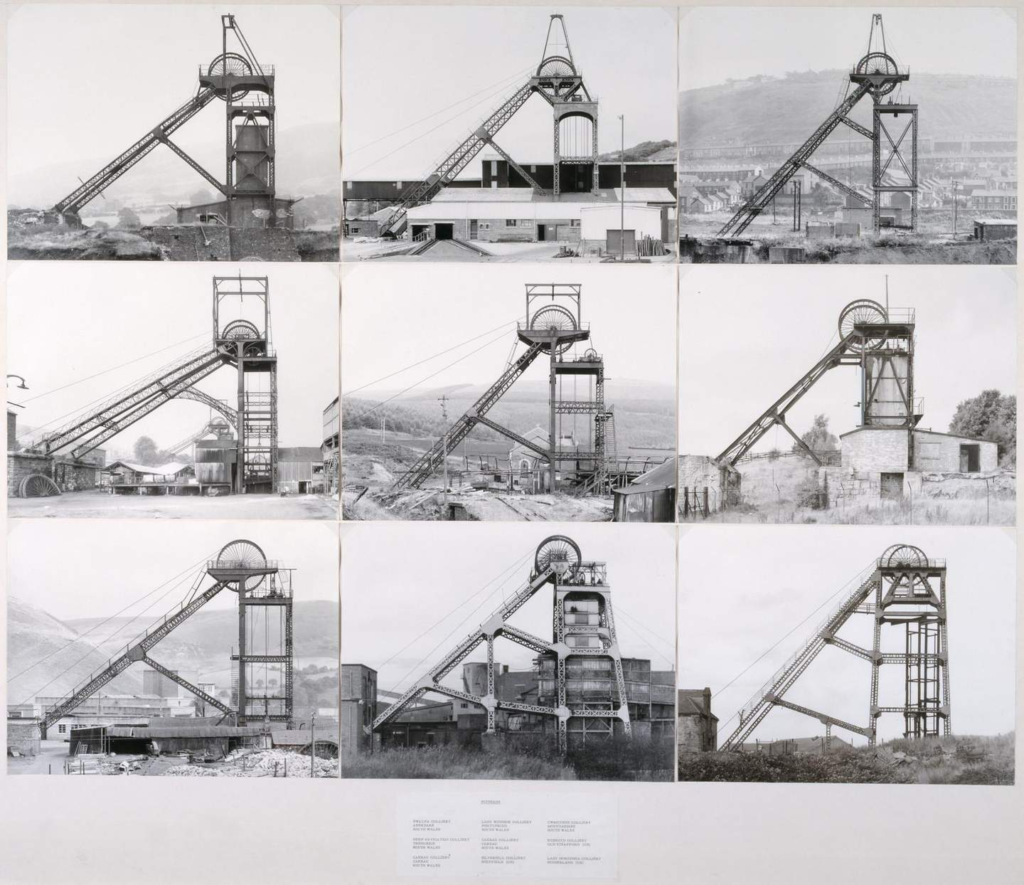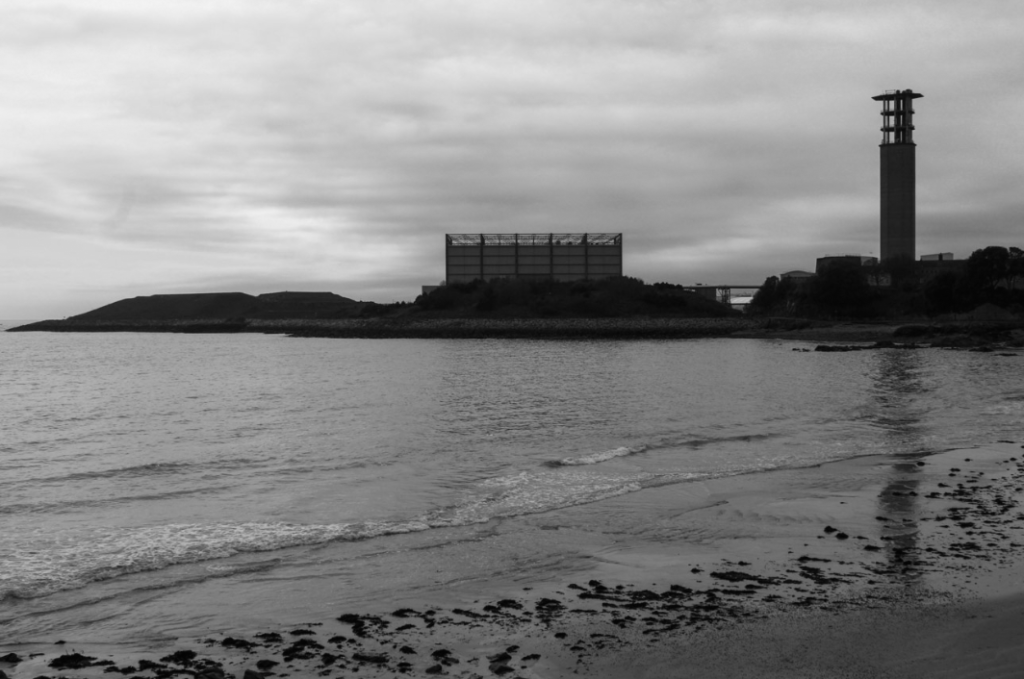New topographics is the photographs of nature and man altered landscapes.
focusing on urban, residential, leisure and industrial landscapes

where did the name come from?
the word originates from “graphia” and “topo”.
what is the idea behind new topographics
New Topographics reinvented both the subject matter of landscape and the kind of response we can have to such pictures: not just awe or uplift, but a sense of responsibility like the romanticism and the sublime. As long as humans continue to develop upon nature, this will remain a vital avenue of contemporary photography.
This style was supposed to show how times were changing because the landscape they were once photographing now has man made buildings which stand in the way of the once nice background, this shows how the photographs would like to shoot straight on “dead pan” with “no emotion” so that they could draw awareness to how much construction and change had happened, this is emphasised in the black and white.
Robert Adams
Robert Adams was born in Orange, New Jersey, in 1937
He photographs and has documented scenes of the american west for 4 decades, showing the effects of suburbanization. Adams’s photographs capture the physical traces of human life: a garbage-scatter roadside, a clear-cut forest, a half-built house.
Adams uses photography to express his love for the landscape and to understand how urban and industrial growth have changed it, all the while insisting that beauty in the world has not been entirely eclipsed.
“I think if you placed me almost anywhere and gave me a camera you could return the next day to find me photographing. It helps me, more than anything I know, to find home.”
– ROBERT ADAMS

Adams had been using a large 4-by-5-inch camera, which required a tripod, which produced wonderfully detailed images. But he moved to smaller, more portable formats, often making small, square images in black-and-white that are drenched in sunlight and full of sharp tonal contrast.
his objectivity isnt a lack of emotion, he does it because it keeps the truth of image and makes it look soft.all of Adams’ work is simple, but deceptively so. Since he first came to public attention in the mid-1970s as part of the New Topographics movement, his subject has been the American west: its vastness, its sparse beauty and its ecological fragility.
There is a subtle tonal quality to his pictures – a shading of light and shadow, and various gradations of the same –
my photos/edits



